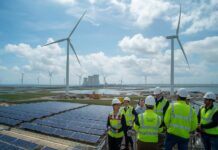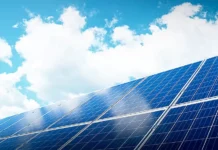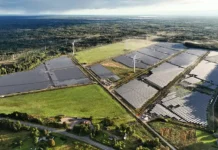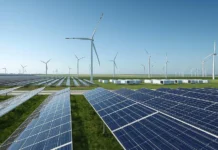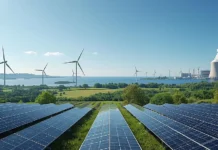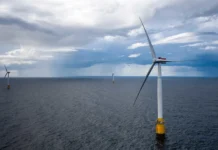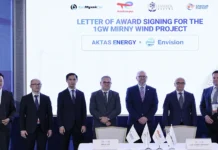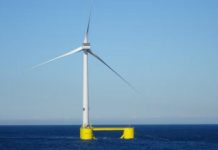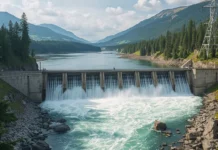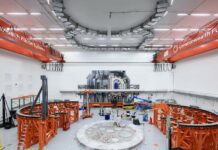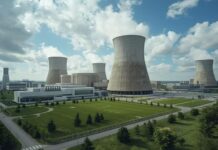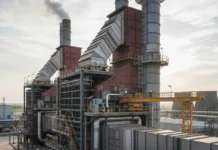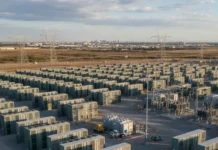In the US, 18 trade associations, which represent utilities, power plant developers, and also electrical equipment manufacturers, have urged the Senate leaders to go ahead and preserve a more lenient standard when it comes to energy projects so as to qualify for the technology-neutral clean energy investment along with production tax credits within the republic budget bill.
Reverting by way of the start of construction standard within the current Senate financial committee text to the more restrictive placed-in-service benchmark within the version of the House that was passed in May 2025, this would upend the investment expectations and introduce substantial business uncertainty by harming electricity customers and also risk delaying or even cancelling certain critical US energy infrastructure projects that are already underway.
It is well to be noted that the Senate Finance Committee text still happens to set a high bar when it comes to wind and solar generation, therefore restricting full credit eligibility for certain projects that start construction by the end of 2025 and dropping credit values to almost 60% and 20% for projects that start in 2026 and 2027, respectively. Be it nuclear, geothermal, or any other clean energy technology, developers can earn credits on projects that begin well into the 2030s.
With the congressional Republicans facing a self-imposed deadline of July 4 in order to send a budget bill to President Trump, the Senate could vote very soon on its version of the package. If it happens to pass it, the House and Senate negotiators would then devise a compromise bill when it comes to both chambers to vote on.
Apparently, provisions that are related to the technology-neutral clean energy tax credits the Inflation Reduction Act authorized in 2022 could very well change at any point during the process. The present policy enables wind, solar, and other clean energy technologies to go ahead and qualify for entire investment or production tax credits – mostly 30% of the total qualifying project value all through 2032. The House budget bill would begin phasing out the credit eligibility for projects placed in service next year and also eradicate it completely by 2028, whereas the financial committee happens to preserve some eligibility for certain projects that start construction by 2028.
Interestingly, both the House as well as Senate versions cleave wind and solar from energy storage and also clean firm power generation technologies such as nuclear, hydropower, and geothermal. The clean firm technologies happen to get a prominently longer runway in the Senate version, which extends full ITC as well as PTC—which is generally 30% of the total qualifying project value for projects that start construction by 2033. It is well to be noted that the credit value steps down in 2034 and 2035 and hence goes away entirely in 2036.
The Senate version also goes on to maintain tax credit transferability for the entire lifespan of the credit, which is a significant change from the rapid phaseout of the House and one that, as per the advocates, is critical for many projects in order to pencil out.
Although the version of the Senate did not slash as deeply within utility-scale wind and solar, it happens to retain the House bill’s not-so-favorable treatment when it comes to rooftop solar. Separate credits in terms of purchased and leased rooftop solar systems sunset at the end of 2025, which could as well raise the cost pertaining to homeowners who purchased solar systems and also third-party lessors like Sunrun.
Apparently, shares of publicly traded companies that are exposed to the rooftop solar sector, including the likes of Enphase and Sunrun, have already seen dramatic dips since the House released the first version of the bill in the middle of May.
It is worth noting that the energy groups letter does not address such issues and stresses only the start of construction provision, which happens to largely affect the utility-scale projects. They happen to say that the Senate’s more generous timeline offers a level of certainty and balanced economics for clean energy projects within construction or advanced development. The June 20 letter also noted that the permission process, along with long lead times for major components and equipment, can also add years to the estimated completion timelines of the project, thereby potentially rendering projects ineligible in terms of credit because of forces that are beyond their control.
According to the letter, the start of construction standard goes on to accommodate these realities by way of recognizing when the electricity provider has gone on to make substantial investment and started the physical activity. These arguments get assistance from recent comments from representatives of major utilities as well as independent power providers. In one of the Fortune editorials, the CEO of NextEra, John Ketchum, opined that start-of-construction language is critical so as to meet near-term load growth in between the years-long backlogs when it comes to gas turbines as well as high-voltage electrical equipment.
He added that the practical as well as common-sense provisions, such as tying credits to the beginning of construction as they get phased out, happen to provide a runway in order to finish the project and put the much-required electrons within the grid while at the same time keeping the power prices low when it comes to American homes as well as businesses.
Interestingly, the June 20 letter also went on to note the start of construction standards’ significance for the bankability of the project by way of making it easier for the sponsors to go ahead and secure offtake agreements, financing, as well as equipment orders. In contrast, a placed-in-service standard would rather inject certain unacceptable timing risks within the transactions, especially for large-scale or multiphase projects in which construction may take many years and could lead to chilling out the ongoing investment.
The signatories in the letter included groups that represent utilities as well as other electric power providers that happen to serve most Americans, such as the Edison Electric Institute, the American Public Power Association, the Large Public Power Council, the Electric Power Supply Association, and also the National Rural Electric Cooperative Association.
They also happened to include groups that represent the clean energy sector, like the American Clean Power Association, the Solar Energy Industries Association, and Advanced Energy United.
This kind of tone contrasts with the comments such groups have made at other venues where they warned against substantial changes within the current tax credit structure. The ACP CEO, Jason Grumet, on June 16 issued a statement stating that the Senate Finance Committee would as well increase the electricity expenditure and also threaten hundreds of thousands of jobs. He added that while the Senate Finance Committee’s proposal eradicates the pills from the resolution, abrupt changes to the clean energy tax credits penalize the companies unnecessarily, which are, by the way, making good faith investments as per the present law.


